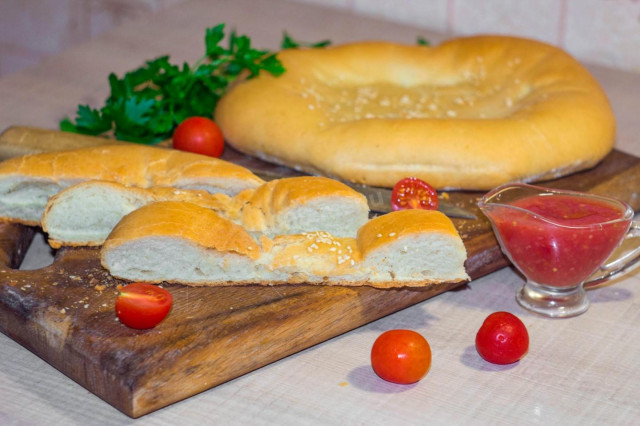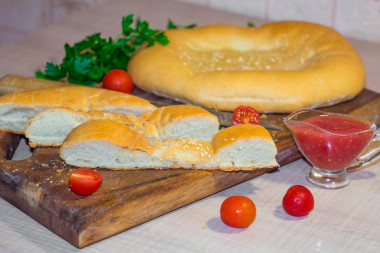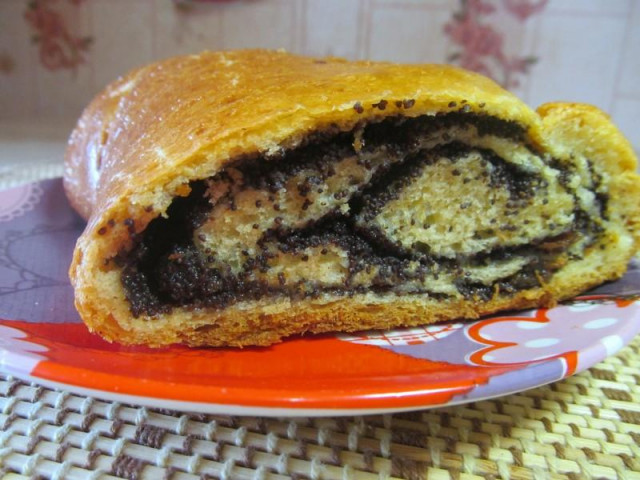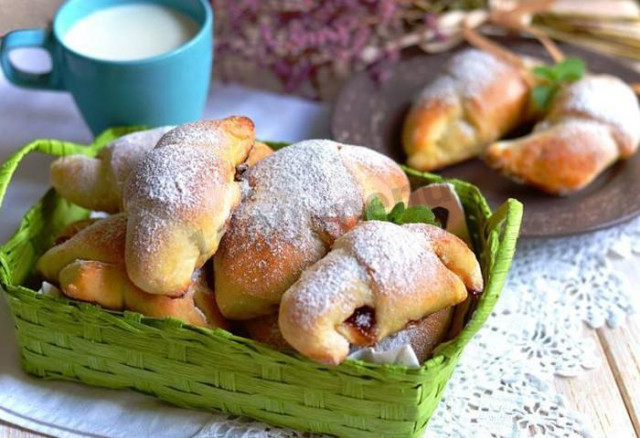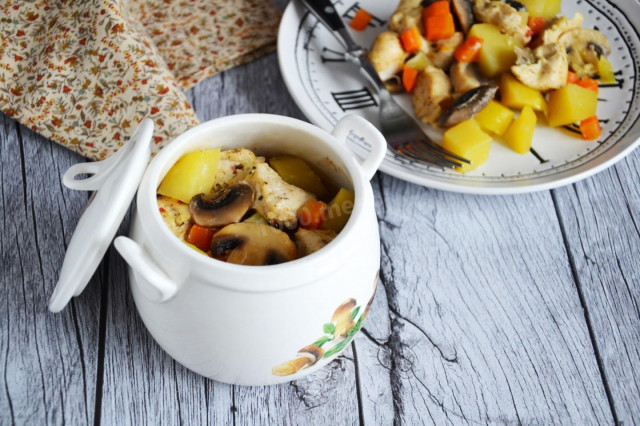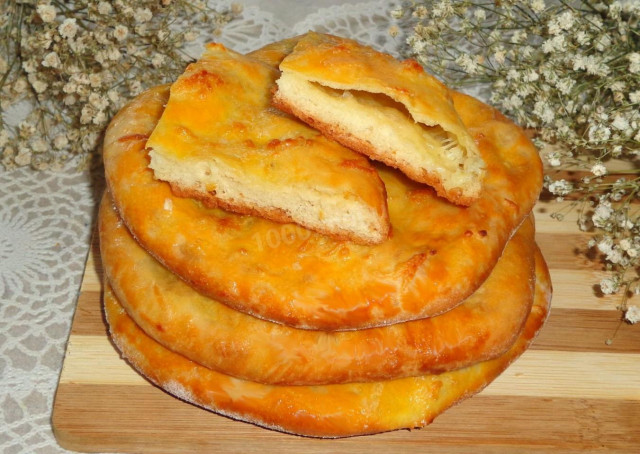Composition / ingredients
Step-by-step cooking
Step 1:
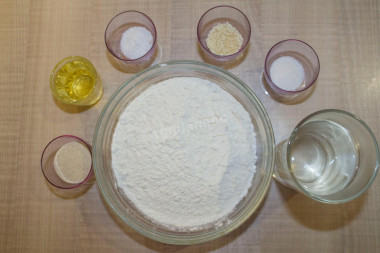
How to make thick pita bread at home? Prepare the necessary ingredients. Take refined, odorless vegetable oil. Instead of dry yeast, you can take fresh ones.
Step 2:
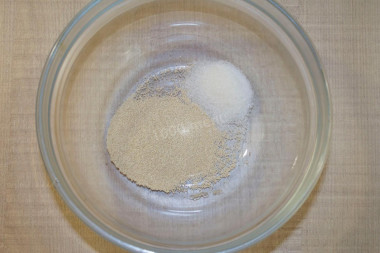
Mix yeast with sugar in a small bowl.
Step 3:
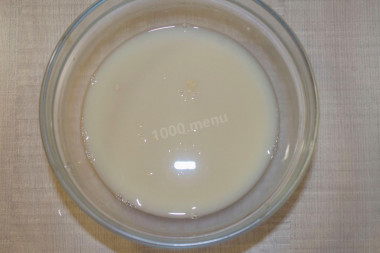
Pour warm water into a bowl, at a temperature of 38-40 degrees. Stir the mixture until the yeast dissolves and leave for 15-20 minutes to activate them.
Step 4:
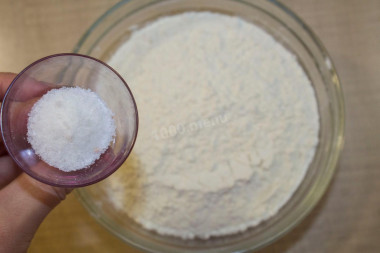
Sift flour and mix with salt. It is important to sift the flour to saturate it with oxygen. Then the baking will turn out to be airy and will rise well when baking.
Step 5:
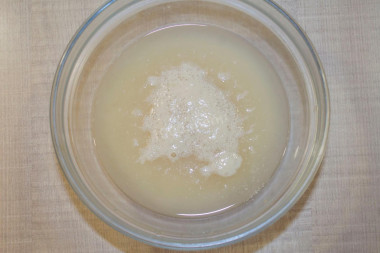
After the specified time, it will be seen that the yeast has already started working — a "cap" should appear on the surface. This means that the yeast has woken up.
Step 6:
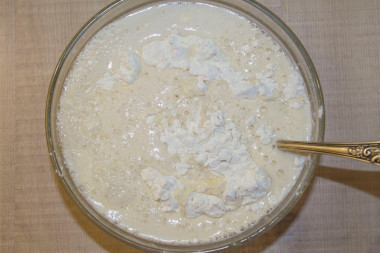
Pour the dry ingredients into the yeast water.
Step 7:
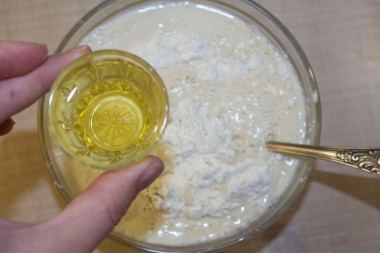
Add 30 ml of vegetable oil to the same place, leaving a little to lubricate the top of the pita bread.
Step 8:
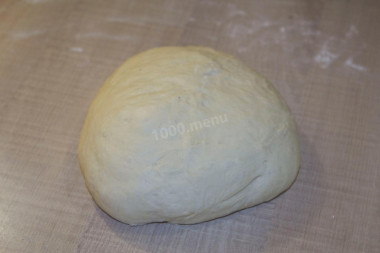
First use a spoon and then knead the dough with your hands. Knead it for 10-15 minutes, it should turn out soft, smooth, although it will remain a little sticky. If necessary, add flour, focusing on the consistency of the dough. Just don't overdo it — an overabundance of flour will make the pita bread tough. Assemble the dough into a ball and put it in a bowl.
Step 9:
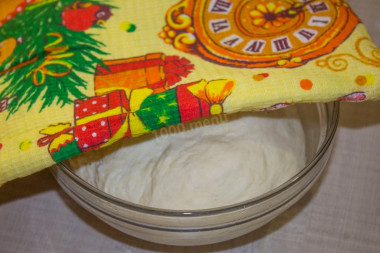
Cover the bowl with a towel and put it in a warm place to rise for 30-40 minutes.
Step 10:
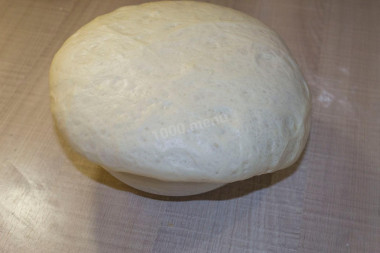
After 40 minutes, the dough should grow twice. Mine has even more than doubled.
Step 11:
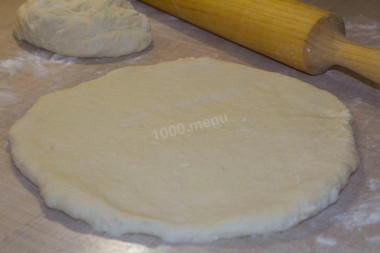
Divide the dough into 2 parts, put one aside for now and work with one. Roll it out into a round cake about 2 cm thick .
Step 12:
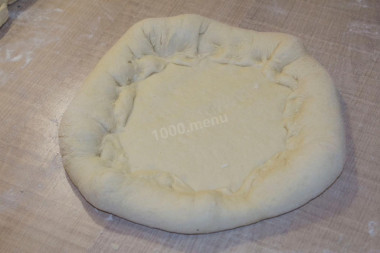
Bend the edges of the tortilla to the center, you will get something like a side.
Step 13:
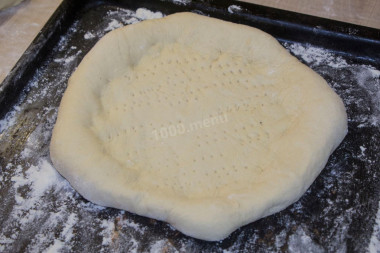
Turn the pita bread over and lay it seam down on a baking sheet sprinkled with a small amount of flour. You can also cover it with parchment. Prick the center of the pita bread with a fork so that it does not swell during baking.
Step 14:
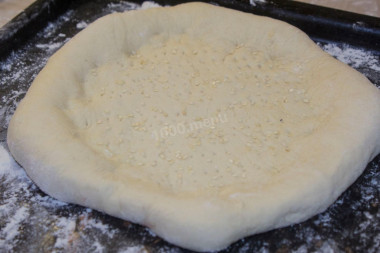
If desired, the pita bread can be sprinkled with sesame seeds, after smearing it with water.
Step 15:
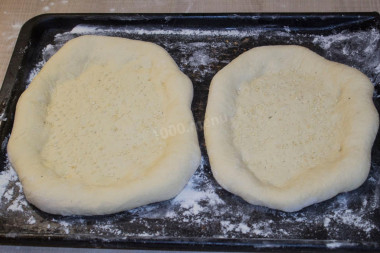
Do the same with the second tortilla.
Step 16:
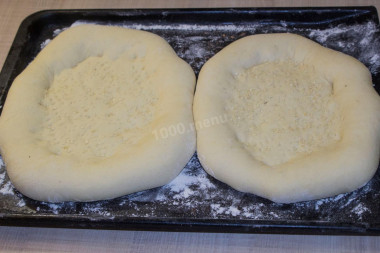
Leave the pita bread in a warm place to rise for 15-20 minutes.
Step 17:
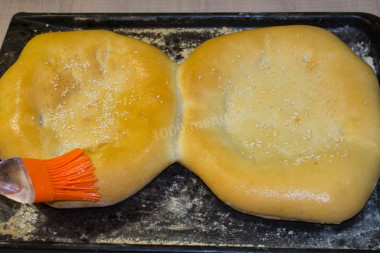
Preheat the oven to 200 degrees, put a baking sheet with pita bread there. Bake them for 20 minutes, until golden brown. Keep in mind that everyone's ovens are different. The temperature and cooking time may differ from those specified in the recipe. Brush the hot pita bread with vegetable oil.
Step 18:
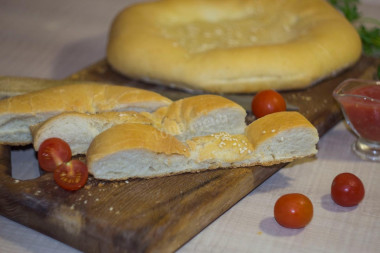
Serve the pita bread completely cooled or slightly warm. Very tasty! Enjoy your meal!
The liquid in which yeast is bred should be pleasant to the touch, no higher than 40 degrees. Why is this important? In a warm environment, yeast is well activated, in a hot one it will die, and in a cold one it simply will not work. To avoid unpleasant surprises, check the yeast before mixing with the rest of the ingredients. Pour a little warm milk into a bowl, stir in the yeast. Cover the bowl with a kitchen towel and put it in a warm place without drafts for 10-15 minutes. During this time, a foam yeast cap should appear on the surface of the sponge. If this did not happen, then the fermentation process has not started (the yeast is overdue or spoiled). In this case, it is worth taking other yeast, otherwise baking will not work.
Dry yeast can be replaced with fresh pressed yeast, based on the proportion of 1:3. That is, for 1 gram of dry yeast required by the recipe, you need to take 3 grams of fresh.
Be prepared for the fact that flour may need more or less than indicated in the recipe. Focus not on the amount of flour, but on the desired consistency of the dough. Read a lot of useful information about flour and its properties in this article!
Caloric content of the products possible in the composition of the dish
- Granulated sugar - 398 kcal/100g
- Sugar - 398 kcal/100g
- Vegetable oil - 873 kcal/100g
- Dried whole sesame seeds - 563 kcal/100g
- Shelled sesame seed - 582 kcal/100g
- Water - 0 kcal/100g
- Wheat flour - 325 kcal/100g
- Table salt - 0 kcal/100g
- Dry yeast - 410 kcal/100g

